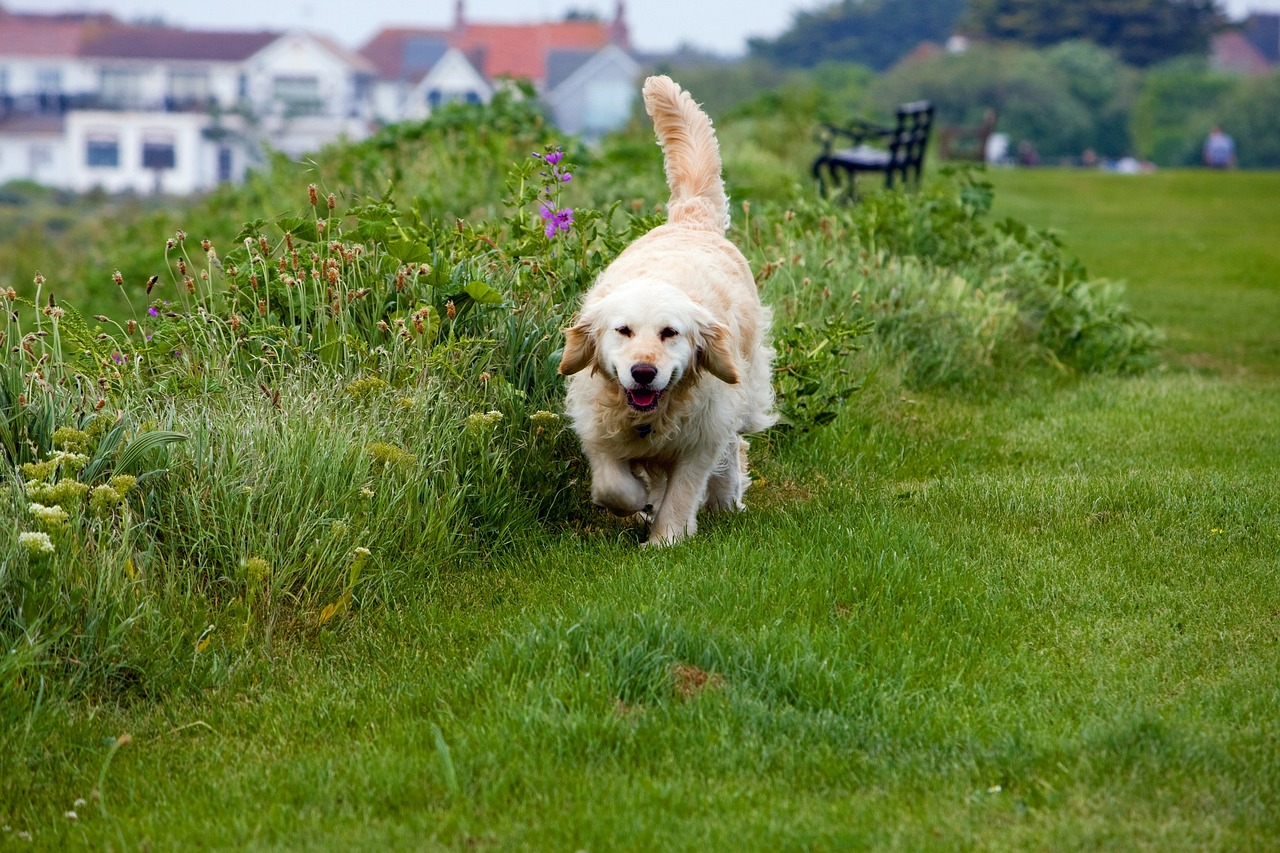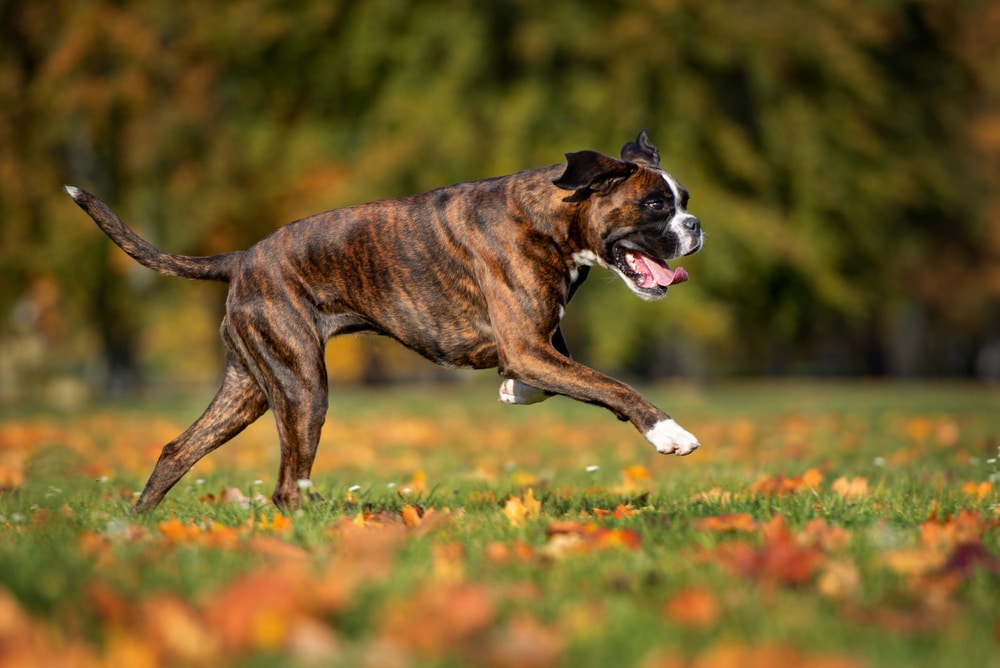

A tail is more than just a cute feature—it’s a powerful tool for communication, balance, and even health. While many believe wagging always signals happiness, tails convey much more than most realize. Some help with swimming, while others aid in quick turns or stability. Certain breeds use their tails constantly, while some are born without one at all. Every movement tells a story, revealing emotions and instincts. Paying attention to tail language offers a deeper understanding of behavior, making it one of the most fascinating aspects of animal communication.
Wagging Doesn’t Always Mean They’re Happy


A wagging tail doesn’t automatically mean a dog is in a good mood. The wag’s speed, direction, and position all tell a different story. A high, stiff wag can signal alertness or even aggression, while a loose, full-body wag usually means excitement. Studies even suggest that right-leaning wags indicate positive feelings, while left-sided wags may show stress. Before assuming a wagging tail means “Come pet me,” pay attention—it could be saying something completely different.
Some Dogs Are Born Without One


Not all dogs have tails! Breeds like the Australian Stumpy Tail Cattle Dog, French Bulldog, and Brittany Spaniel often come into the world with naturally bobbed tails. Unlike dogs that have their tails docked, these breeds never had one to begin with. Without a tail for communication, they rely more on ear positioning and facial expressions to express themselves. Even without a wagging tail, their personalities shine just as bright.
Tails Help with Balance and Agility


A dog’s tail acts like a built-in stabilizer, helping them stay balanced when running, jumping, or making sharp turns. Fast, agile breeds like Greyhounds and Border Collies use their tails like counterweights to keep their movements precise. Even when walking along narrow surfaces, dogs subtly shift their tails to avoid tipping over. If you’ve ever seen a dog make a sharp turn at full speed, thank their tail for keeping them upright.
Dogs Use Their Tails to Send Social Signals


A raised, stiff tail can indicate confidence or dominance, while a low, tucked tail often means fear or submission. Some dogs wag slowly to gauge another dog’s reaction before fully engaging. In a multi-dog household, tail positions shift constantly as they communicate unspoken rules. Understanding these signals can help pet owners predict interactions and avoid conflicts before they start.
A Tail Can Reveal Hidden Health Issues


Something might be wrong if a dog suddenly stops wagging, carries their tail differently, or refuses to move it. Pain, nerve damage, or conditions like “limber tail syndrome” can make even the happiest pup hesitant to wag. A tightly tucked tail can also indicate discomfort, anxiety, or illness. Keeping an eye on tail movement is easy to catch potential health issues before they worsen.
Tails Are Built-In Swimming Aids


For water-loving breeds, tails are like rudders, helping them steer and stay balanced while swimming. Labrador Retrievers, Newfoundlands, and Otterhounds rely on their strong, thick tails to propel them forward and make quick turns in the water. Without their tails, swimming would be much harder! If your pup loves to splash around, its tail is doing more work than you might realize.
Some Breeds Have Almost No Wag
 Shutterstock
Shutterstock
Not every dog can wag freely. Breeds like Bulldogs, Pugs, and Boston Terriers have short, curled tails that limit movement. Others, like the Basenji, have stiff tails that barely move at all. Since these breeds can’t rely on wagging to express themselves, they use body language, facial expressions, and vocalizations instead. Just because a tail isn’t wagging doesn’t mean they aren’t excited!
Hunting Dogs Have Used Tails for Centuries


Before domestication, wild dogs and wolves used tail movements as a hunting strategy. A raised tail could signal to pack members that prey was near, while a lowered tail indicated caution. Many modern hunting breeds still use their tails instinctively to signal excitement or point toward the game. If your dog has never been on a hunt, their tail may still carry those ancient instincts.
Every Dog Has a Unique Wagging Style


No two dogs wag their tails the same way. Some have wide, sweeping movements, while others have quick, excited flicks. Golden Retrievers are famous for their full-body wag, while Shiba Inus keep their wags subtle and controlled. The way a dog wags is often just as unique as their personality. Next time you see your pup wagging, pay attention—you might notice a signature style!
Tails Double as Winter Warmers


Certain breeds use their tails like built-in scarves in freezing temperatures. Huskies, Malamutes, and other Arctic breeds curl into a tight ball while sleeping, covering their noses with fluffy tails to conserve heat. This natural survival technique helps protect them from frostbite and extreme cold. Their bushy tails aren’t just for show—they’re essential for staying warm.
Tail Docking Started for Practical Reasons


While tail docking is controversial today, it originally served a purpose. In the past, working dogs had their tails docked to prevent injuries while herding, hunting, or guarding livestock. Some believed it reduced tail injuries in rough environments. These days, docking is mostly done for cosmetic reasons and is banned in many countries. However, in some working breeds, the tradition continues for practical purposes.
Dogs Wag More for Their Favorite People


Not all wags are created equal—dogs wag more enthusiastically for their favorite humans. Research shows that dogs adjust their wagging intensity based on how much they like the person in front of them. If their tail goes into overdrive when you walk through the door, it’s a clear sign of love and excitement. Consider it the ultimate compliment from your furry best friend!
Tails Have Their Own Unique Scent


Special scent glands release pheromones at the base of a dog’s tail that carry important social information. When dogs sniff each other’s tails, they gather details about identity, mood, and even health status. These scents act like personal ID cards that humans can’t detect but dogs rely on heavily. Next time you see dogs greeting each other, remember—they’re getting much more information than just a friendly sniff.
The Secret Superpower Of Wagging Tails


A tail is more than just a fluffy feature—it’s a vital tool for communication, balance, and even survival. Some tails are long and elegant, others short and curly, but each has a unique purpose. A simple wag can signal excitement, hesitation, or even underlying health concerns. Tails help with movement, stability, and emotional expression. Observing these subtle signals can reveal deeper insights into mood and well-being. So next time you see a tail in motion, pay close attention—you might learn something new about your loyal companion!





